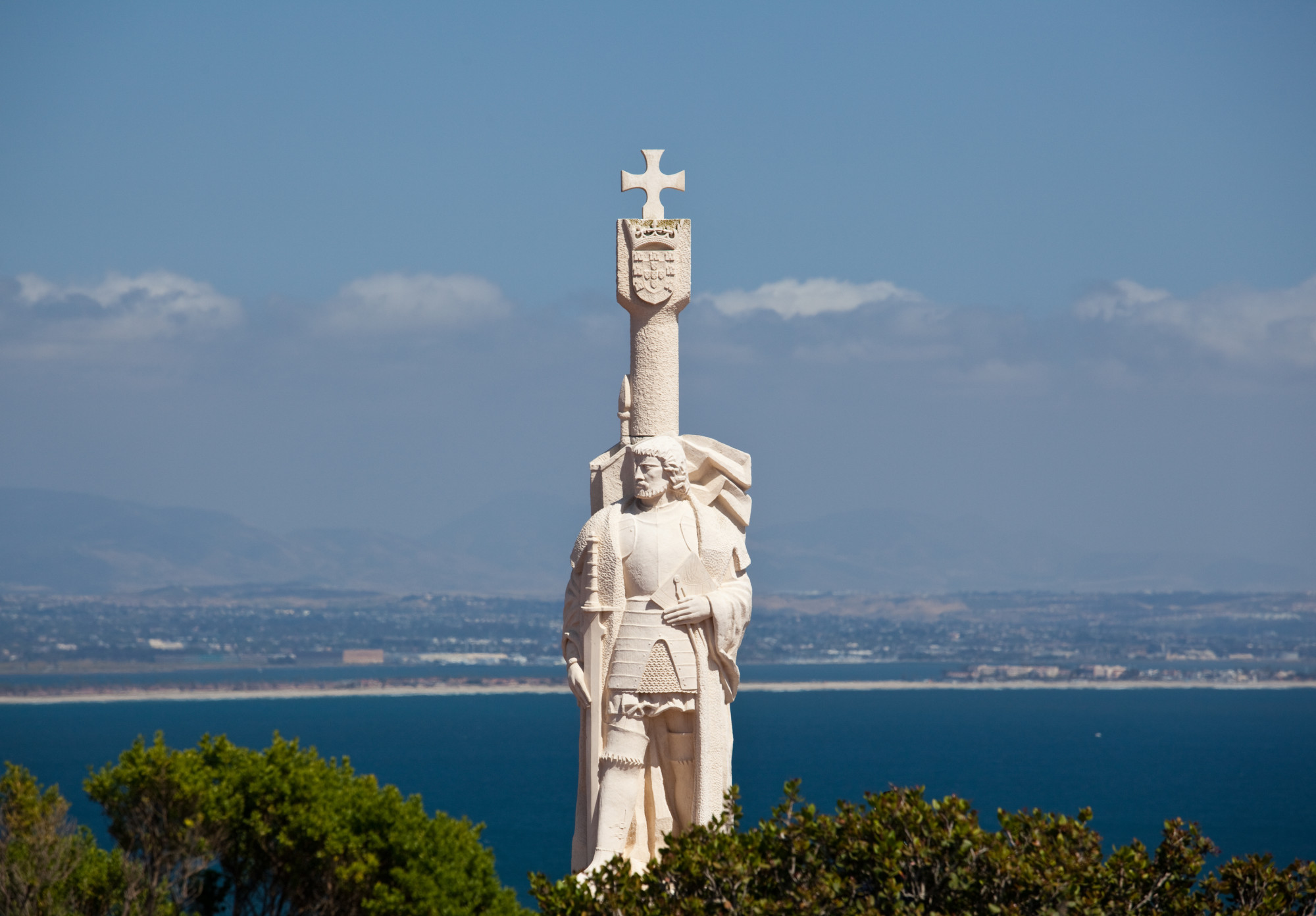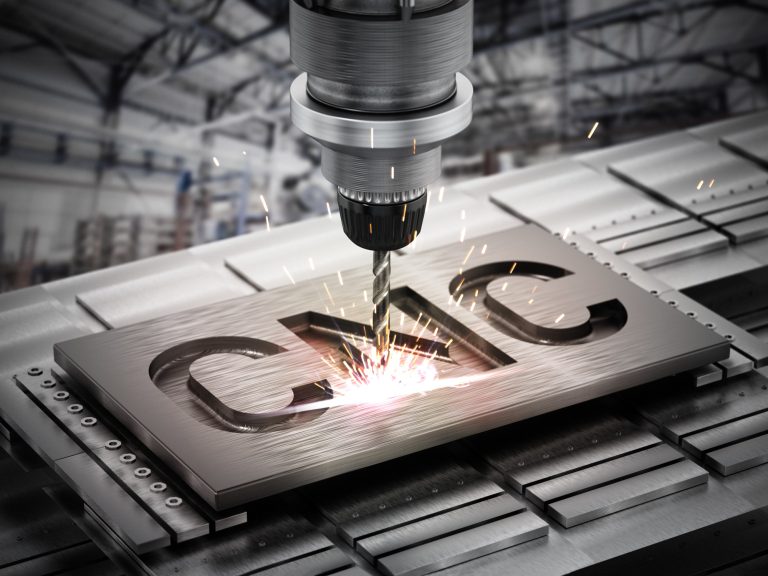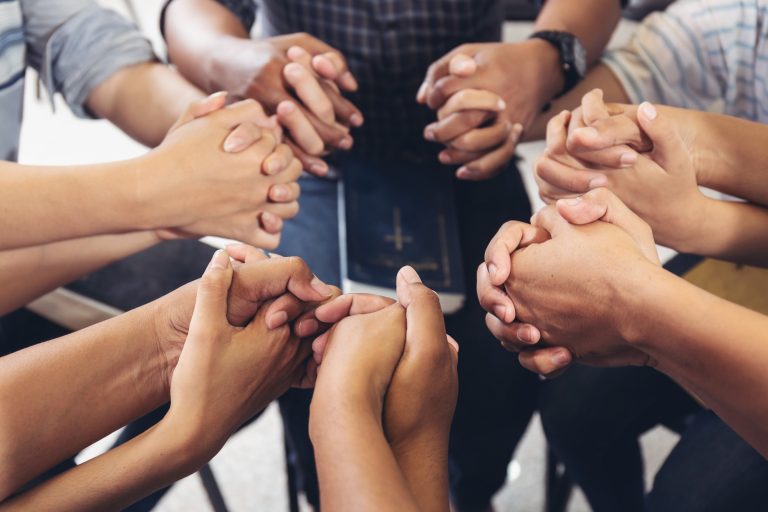Monument: Commemorating People and Moments in Time
At different days and points in their lives, most people like to remember where they’ve been and how far they’ve come. Commemorative plaques, for instance, are more popular than ever since people want a tangible way of reflecting on their favorite memories.
Yet, these plaques are limited in their capacity to commemorate the wide range of people and moments in time. A monument is an answer if you are looking for a more interactive and engaging way of celebrating the past.
Keep reading to learn more about monuments and how they can commemorate the lives of friends and family.
What Is a Monument?
A monument is a structure or object that commemorates a person, event, or cause. Monuments can take many forms. It ranges from physical things like stone statues, preserved relics, and ancient artifacts to architectural structures like pyramids or intangible resources like images, songs, or stories.
A monument may have a long history or be brand new; it may be big or small. It may be serious or fun.
Whatever the form, a monument is a symbolic gesture, a way of honoring and remembering something that affected society—whether it is a person, an event, or a cause. No matter how it looks, a monument is a powerful way of transmitting history and culture through generations.
The Different Types of Monuments
Monuments are structures that pay tribute to an event, person, or institution. Monuments span all cultures around the world and vary in nature. Each monument also carries its significance and history. Here are some of the common types of monuments:
Personal Statues
Personal statues serve to honor an individual for their accomplishments and esteem in the world. They come from stone, metal, or a combination. They are crafted and erected in honor of the individual in question.
You can find personal statues in many public spaces, such as parks, plazas, and public squares. They range in size from large life-size models to small busts.
These statues are often unveiled during public ceremonies. It is a visual representation of the legacy of the individual.
Personal statues are also popular features of gardens, cemeteries, and other memorial sites. These monuments are a powerful tribute to the legacy of the individual. It conveys a sense of admiration and respect.
Memorials
Memorials are monuments built to remember the lives of the deceased, to recall key events, or to honor specific individuals. There are many memorials, ranging from simple structures to complex designs.
War memorials, such as monuments erected after the Revolutionary War or the Civil War, commemorate those who have died in battle. Honorary memorials, such as the Statue of Liberty, offer praise and gratitude to those who have contributed to society.
Commemorative memorials, such as the Vietnam Veterans Memorial, remember a painful event and honor those affected. Landmark memorials, such as the Lincoln Memorial, are a reminder of a specific person and their accomplishments.
Memorials can also celebrate a culture or an ethnic group, such as the African American Memorial in Washington, D.C. Finally. Memorials need not be physical structures and can be living memorials, such as a grove of trees planted in memory of a loved one.
Regardless of type, memorials ensure that we remember the courage, values, and legacies of those who have come before us.
Cenotaphs
A cenotaph is a monument or memorial which is empty. It honors a person or group of people who died but whose bodies were never recovered or were buried elsewhere.
It symbolizes honor, and you put it in a public place or important location, such as a military base. It can come in many different forms, most of a tomb or obelisk.
The word “cenotaph” comes from two ancient Greek words, “kenos” meaning “empty” and “taphos” meaning “tomb”. Some cenotaphs are more interactive, with inscriptions or other elements that show the memory of those who have gone before us.
Whatever form it takes, a cenotaph is a powerful reminder to honor the dead, pay tribute to their lives, and never forget their legacy.
Materials Used to Make a Monument
Monuments are durable materials for longevity. Many of these monuments are created with stone because they can be polished and engraved for an exceptional look.
Other monuments come from metal, such as bronze and aluminum. Metal monuments are heat-treated for strength and longevity, making them ideal for long-term outdoor use.
A granite monument is also a popular material used. It provides a polished and durable look. Even wood and glass can create monuments that are weather resistant. They can be placed outdoors without fear of damage or deterioration.
Monuments made of cloth, paper, and plastic are rare because they break down and are less resistant to damage from heat, cold, and moisture.
The Symbolic Power of a Monument
Monuments are symbols that evoke a range of emotions in a person. They often evoke nostalgia and say the values of a particular person or culture.
Monuments have emotional power but also a strong political meaning. They represent a shared history, create solidarity among citizens, and remind them of past events.
Furthermore, monuments also have a strong spiritual dimension and can speak for different beliefs, customs, and values that a person may have. By erecting monuments, a society is reminding itself of its highest ideals of which it is proud.
Thus, the symbolic power of a monument is great, and it should never be underestimated. Monuments are the physical manifestation of a society’s values. These are critical reminders of our current and past shared experiences and how we view ourselves as a collective.
Follow This Guide to Understand the Importance of a Monument
A monument is a powerful reminder of the people and moments throughout the time that have made history. They bring people closer to the past, allow us to connect, and can be a source of inspiration and pride.
Remember to value the importance of monuments and work to preserve them for generations to come.
Need some other handy hints right now? Check out our blog page for all the top tips.






